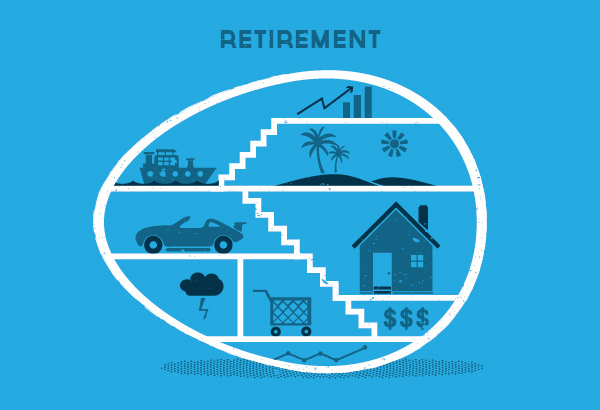Do you want to trade as a career but, you do not know where to start? How about you get to know yourself first?
Begin the journey by examining your relationship with money and life. Do you view life as a daily struggle or as an endless opportunity? Have you lost money recently through your daily activities and are you hoping that the financial markets will treat you better?
Wherever you are right now and whatever your belief system is, your personality will influence your perspective on your profits and losses. This is why it is important to include self-worth into the mix. Analyze your strengths and weaknesses and examine whether you have what it takes.
Marc Pearlman shared his observations based on his experiences as a professional trader and money manager. According to him, here are the tangible qualities that aid in success at day trading:
1. POURING HARD WORK
It is no surprise that hard work tops the list. Since trading is a skill, it needs to be developed through time. A lot of people view trading as a hobby or as a substitute to gambling however, this should not be the case. People only end up bad when they treat financial markets as casinos and not as businesses.
2. PRACTICING DISCIPLINE
Marc compared trading to going to the gym. For example, people may have been frequenting the gym and yet have no noticeable changes in a year. He says it is be due to the lack of discipline and goal-setting, which I agree on. Trading is no different. You must have discipline and concise strategy to reach your goal!
3. KNOWLEDGE IN PROBABILITIES
Making money through trading does not mean that you have to be perfect all the time by making right calculations. Instead, the key is to lose as little as possible when your call is wrong and gain as much as possible when your call is right.
4. LETTING GO OF THE DESIRE TO BE ALWAYS RIGHT
If you would rather be right than make money then, trading may not be for you. In trading, you cannot be right all the time! Furthermore, some may even be wrong more than they are right.
To accompany these desirable qualities, here is a website that I found that can help you test your skills in Mathematics, Logical Sequence, and more. You may adjust the difficulty by choosing either Easy, Medium, or Hard.





